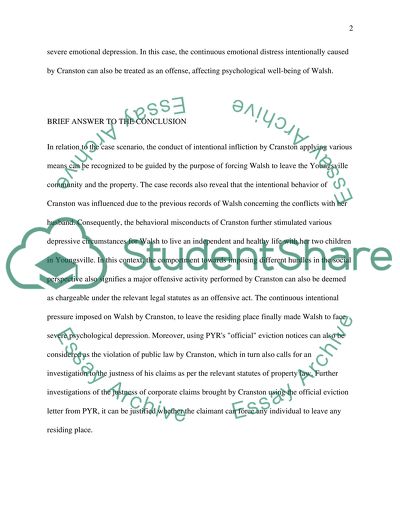Cite this document
(“Memorandum Term Paper Example | Topics and Well Written Essays - 2500 words”, n.d.)
Memorandum Term Paper Example | Topics and Well Written Essays - 2500 words. Retrieved from https://studentshare.org/law/1489015-memorandum
Memorandum Term Paper Example | Topics and Well Written Essays - 2500 words. Retrieved from https://studentshare.org/law/1489015-memorandum
(Memorandum Term Paper Example | Topics and Well Written Essays - 2500 Words)
Memorandum Term Paper Example | Topics and Well Written Essays - 2500 Words. https://studentshare.org/law/1489015-memorandum.
Memorandum Term Paper Example | Topics and Well Written Essays - 2500 Words. https://studentshare.org/law/1489015-memorandum.
“Memorandum Term Paper Example | Topics and Well Written Essays - 2500 Words”, n.d. https://studentshare.org/law/1489015-memorandum.


